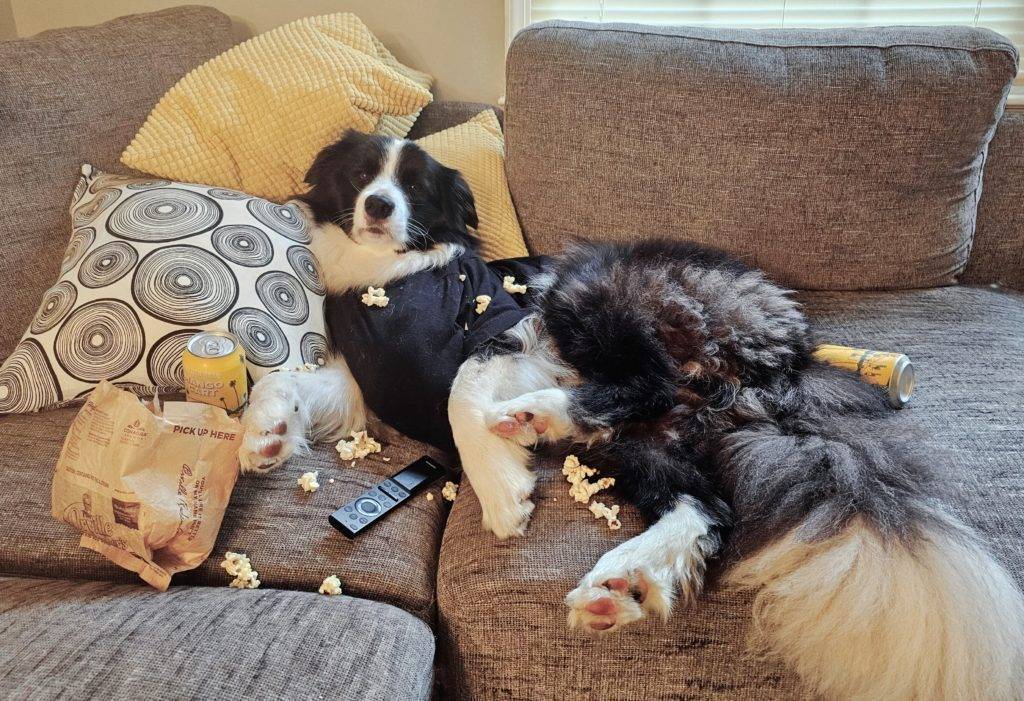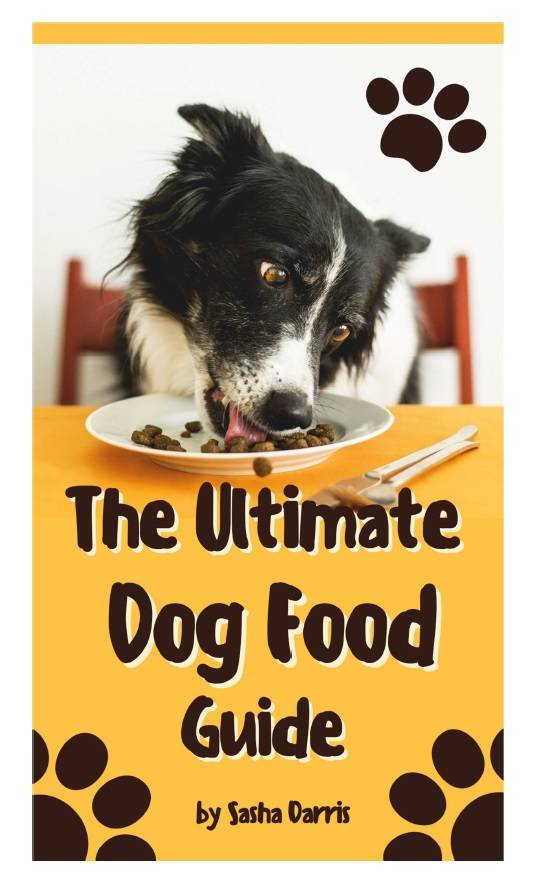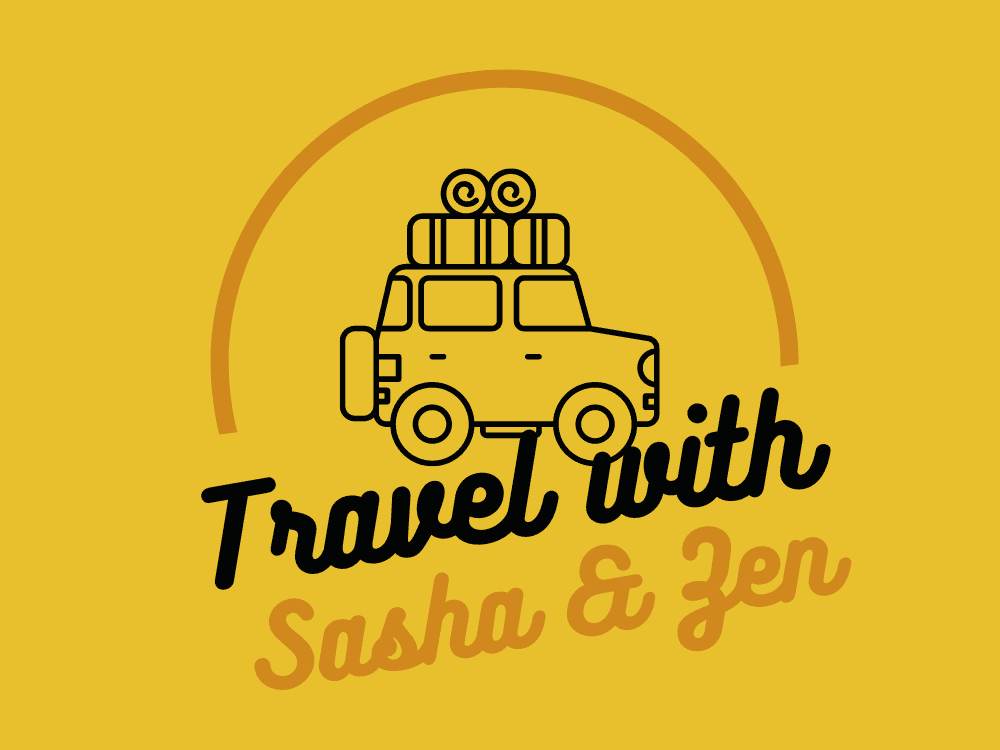Help ! My Dog is Overweight

Dog overweight is a significant health concern. Just like in humans, obesity can lead to various health problems in dogs, including diabetes, joint issues, heart disease, and a reduced lifespan. If you suspect that your dog is fat, it’s essential to take action to help them lose weight and maintain a healthy body condition.
During my research over the years and my efforts to manage Zen’s weight using various methods, I found that the easiest and best way is to find healthier food. Despite having good ingredients, kibble is still highly processed, making it easier for dogs to gain weight. So, I decided to do more research on the best diets and created a guide with all the information.
Download our The Ultimate Dog Food Guide and learn more.

It is unnecessary to reach the concerned level of obesity, but you should recognize the first signs of being overweight when a solution can be much easier.
Also, an overweight dog does not necessarily mean that it is inactive. Dogs can be active and still fat. It is pretty similar to humans. Every person doesn’t need the same amount of calories and exercise, and there is no unique formula for everyone. Every person has to find a perfect diet for himself. When talking about dogs, you, as the responsible owner, must find out how to keep your dog healthy and happy.
Why is My Dog Overweight?
My dog Zen is healthy and active, but his weight often goes above it should be. There are a couple of reasons why it is not always easy to manage his weight, but these are a couple of challenges we have to deal with:
1. Like many other dogs, he likes human food and wants to beg. It does not necessarily mean he will jump on the table, but a sad look that asks for a bit is sometimes enough. Giving him another bite from the table occasionally is okay, but keep account and reduce his regular meal.
2. Treats are usually high in calories. If you are using many of them for training, please check the main ingredients and their calories so you can adjust your regular meals.
3. Dogs’ chew. Chewing is very healthy for dogs. It helps clean teeth and reduce stress. However, finding a good chew for your dog is not easy. Rawhide is assumed not to be healthy. My dog used to love chews made of pig skin. However, those chews are high-calorie products, so be careful. The first time I noticed Zen was overweight, I stopped giving him pork skin, and he lost weight quickly.
4. The amount of food recommended on the dog food bag is not necessarily correct. It depends on the dog’s age, level of activity, and some other factors, so don’t follow the suggested amount strictly. The best way is to find the best amount for your dog.
5. Recognizing body type or touching ribs can be challenging if your dog has long hair. It can also be tricky with short-haired dogs.
6. I am giving my dog salmon/fish oil as a vet’s recommendation against his seasonal allergies. Unfortunately, despite the many benefits of oils, they are high in calories, so don’t forget to consider them.
6. Don’t rely on occasional weight checking while visiting the vet. During that period, dogs can gain weight. It happened to us a couple of times. First, I planned to visit the vet’s office regularly just to put him on the scale, but of course, we were not following that rule.
Best Practice for Fat Dogs
Throughout these years, I realized a couple of times my dog is overweight, usually between 2 and 8 pounds. After many different attempts, I have decided to follow a couple of rules:
- Research the different types of dog food and decide what should be best for your dog and your budget. Read more about BETTER DOG FOOD.
- You can start with the suggested amount from the food producer, but you have to control the dog’s weight before and after switching food.
- We found the only persistent way of controlling is to put him on the scale on a weekly base. If your dog is small enough, you can hold him while you step on a human scale and then reduce your weight. However, if your dog is too big and it is not accessible to you to lift him, I suggest buying a pet scale. It is an investment, but it will help keep your dog healthy and save you money in the long term.
How to Use the Scale?
Please watch our video to see how easy it is to use it, and follow the instructions:
- Turn the scale on
- Teach your dog to step on the scale and stay still. Weight is best distributed on the whole surface for precise measurement. Although instructions say that the dog can sit, too, you will get more accurate results if you teach him to stand still.
- Please press and hold the right button for a few seconds, then release it and wait for the result.
- Release your dog and give him a treat for being a good boy.
To help your overweight pup, start today and order a pet scale HERE.
Measure the dog’s meals. I recommend buying a measuring cup to ensure accurate portion sizes so you can be sure how much food you give. Then, the weekly dog weight can be controlled, and the amount of food can be adjusted depending on the results. Also, don’t forget additional calories from treats, chews, or table food. And, after all, be consistent.
Where to Start?
Before starting the process, consult your veterinarian. They can assess your dog’s overall health, determine their ideal weight, and help you create a weight loss plan tailored to your dog’s specific needs. However, you will be the one who will execute and control it.
Your vet may recommend a unique weight-loss dog food, but I believe the best approach is to reduce your dog’s food intake.
Regular exercise is crucial for weight management. Your dog should engage in daily physical activity. This could include walks, playtime, or even activities like swimming if your dog enjoys it.
Don’t try to force your dog to reduce weight quickly. Rapid weight loss in dogs can be harmful. Aim for a slow, steady reduction in weight, typically around 1-2% of their body weight per week.
Sometimes, your dog’s underlying medical conditions or behavioral issues can contribute to being fat. Addressing these concerns, such as overeating due to anxiety, is crucial before starting any plan.
Weight loss can be challenging, so it’s essential to remain consistent with the plan and provide emotional support for your dog.
Additional Information
In addition to the fundamental steps mentioned earlier, here are some additional tips and tricks to reduce the risk of your dog becoming fat.
- Food Puzzles and Slow Feeder Bowls: Food puzzles and slow feeder bowls are designed to make dogs work for their food, slowing their eating process and promoting portion control.
- Supervised Exercise: While regular walks and playtime are essential, consider supervised activities that are more physically demanding, like agility training or swimming, to help your dog burn calories.
- Hydration: Ensure your dog has access to fresh water at all times. Sometimes, dogs can mistake thirst for hunger, leading to overeating.
- Regular Weigh-Ins: Beyond tracking your dog’s weight, consider measuring its body condition score. Your vet can teach you how to do this, which involves assessing the dog’s body shape and looking for signs of excess fat or muscle loss.
- Avoid Feeding from the Table: Table scraps can add significant calories to your dog’s diet. Avoid feeding your dog human food, especially high-calorie and fatty foods.
- Dietary Supplements: Consult your vet about nutritional supplements, such as fiber or omega-3 fatty acids, which may aid in weight management. Never give your dog supplements without professional guidance.
- Weight Loss Support Groups: Some communities or online platforms offer support groups for pet owners dealing with overweight dogs. Sharing experiences and tips with others can be motivating.
- Be Mindful of Holidays and Special Occasions: It’s common to treat our pets with extra goodies during holidays and special occasions. Be mindful of this and provide healthy or tiny special treats.
And for the end, if you think your dog is more intelligent than you, watch this funny video.

2 Responses
Very helpful do you have any recipe ideas I make my dogs food
Thank you for your comment, @Joy. It’s so great that you are preparing food for your dog! Unfortunately, I don’t have any recipes at the moment because I haven’t had the time to prepare food for my dog. Did you get my Ultimate Food Guide? It doesn’t include recipes but offers advice on how to choose good food from what’s available on the market. Do you want to share your recipes here? I wish I had more time to create recipes!